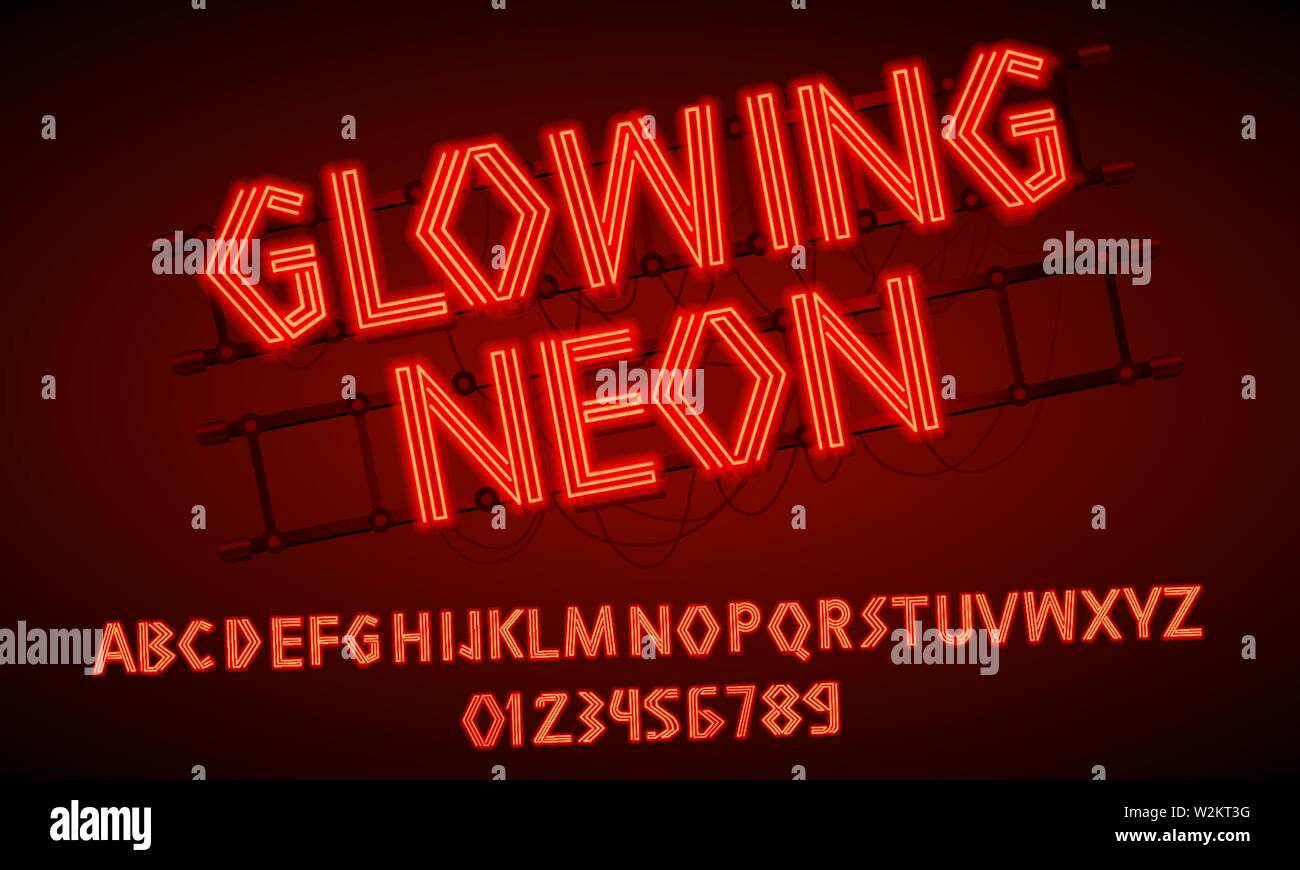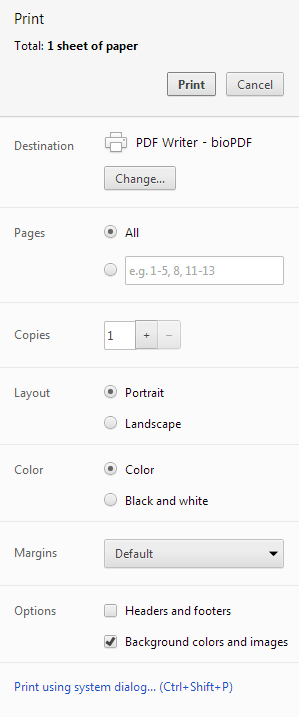

One way of doing that is by using CSS generated content. If you can’t change the image used for screen so that it will look good in print as well, you need to somehow make browsers use a different image when printing. But even worse, its edges may look ugly or it may actually be invisible because whatever is behind it when viewed on screen isn’t printed.Īpplying a background colour to the logo image or its containing element in the print CSS isn’t going to help either since most browsers by default do not print backgrounds at all. It may look blurry or pixelated on paper due to having a pixel density intended for screen viewing, of course. Google also said that changing the background may slow down your device.It isn’t all that uncommon that, after you’ve polished your print stylesheet to make a site look well on paper as well as on screen, you realise that the logo really doesn’t look its best. Note: The background changing feature is turned off by default and needs to be enabled by the user. Furthermore, the functionality of uploading a customised image as background is not available to participants of meetings organized by Education customers, Google state. The custom background feature is rolling out for Google Meet Essentials, Business Starter, Business Standard, Business Plus, Enterprise Essentials, Enterprise Standard, Enterprise Plus, Enterprise for Education, and non-profit customers and users with personal Google accounts. Google specified that your camera will automatically be turned on when you select the option.


To change the background before starting a new call, Go to Google Meet.Ĭlick on change background before joining the meeting. To slightly blur your background, click Slightly blur your background. To upload your own image for your background, click Add Add. To select a pre-uploaded background, click a background. To completely blur your background, click Blur your background. On the bottom right of your self view, click Change Background.


 0 kommentar(er)
0 kommentar(er)
